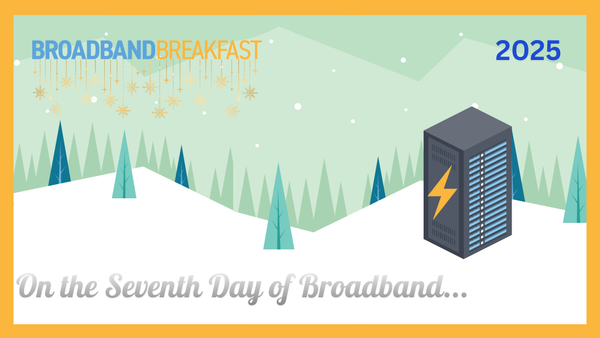Content Distribution Networks Are One Solution to Bandwidth Crunch
The unprecedented success of smart mobile devices like the iPhone has brought on the bandwidth crunch for mobile broadband services sooner than expected. Communications policymakers, regulators, businesses and others are looking at various remedies to alleviate the problem, including Content Distrib
Philip Hunter
The unprecedented success of smart mobile devices like the iPhone has brought on the bandwidth crunch for mobile broadband services sooner than expected.
Communications policymakers, regulators, businesses and others are looking at various remedies to alleviate the problem, including Content Distribution Networks.
CDNs distribute popular video and other material to servers located closer to the edge of a network. This can be where the operator’s backhaul connects to the core network or peering point, or could even be further out next to the cell tower.
The Federal Communications Commission Chairman Julius Genachowski said recently that the three-fold increase in mobile bandwidth achieved through a 2008 spectrum auction was woefully inadequate in the face of an estimated 30-fold increase in traffic occurring because of proliferating mobile video streaming and other bandwidth intensive traffic generated by smart phones, especially the iPhone.
The FCC soon will announce its next round of measures to deal with the rapid growth in mobile bandwidth consumption in the National Broadband Plan, with the target of freeing up around 500 MHz of additional spectrum over the next decade. But even if this works, a bandwidth crunch within mobile operators’ backhaul and core networks remains.
Another remedy is to encode and compress video more efficiently, but there is only limited scope for further improvements without compromising quality, perhaps achieving about a twofold further bandwidth reduction.
Another option is to cap usage, but this is not too palatable for operators since it gives competitors with higher capacity networks an opportunity to poach their customers. There is also the option of acquiring more bandwidth, but that is expensive.
CDNs are proving much more promising. They have been pioneered for the fixed internet by companies such as Limelight Networks and Akamai, which have constructed global networks to deliver video content to national ISPs, reducing their transmission costs. This also has the effect of improving quality, because video is steamed on demand from servers closer to the consumer, reducing latency.
But mobile CDNs require several other important ingredients and in effect represent a complete re-architecting of the whole network.
Traditionally mobile content has been fed from the content distributor or publisher to the end-user in unicast mode under client/server operation. The CDN replaces this arrangement with a two-stage process for on-demand pre-recorded content, first distributing it offline to local servers and then onto the end user as requested in real time, still in unicast mode from there.
But streaming live content from a popular event such as a major concert or sporting contest, would still swamp the core network, so an additional step is needed, replacing the client/server approach with a peer to peer architecture, whereby content is shunted down first just to a one or two local servers initially, and then moved around the edge of the network as required, saving on aggregate core bandwidth because the video is shifted along fewer circuits.
The network must have the flexibility to reconfigure itself on demand, and also to multicast live video within the mobile cells, which also saves on precious radio spectrum.
Furthermore, in addition to the performance, scalability and bandwidth saving requirements of fixed line CDNs, mobile CDNs must be capable of detecting the end devices and adapting the content and delivery according to their display, processing and individual bandwidth capabilities.
This is all quite a tall order, which is why mobile CDNs are still work in progress. But they are absolutely necessary for mobile services to support the demands of users for high quality streaming video, and the capabilities of smart phones to receive it.









Member discussion